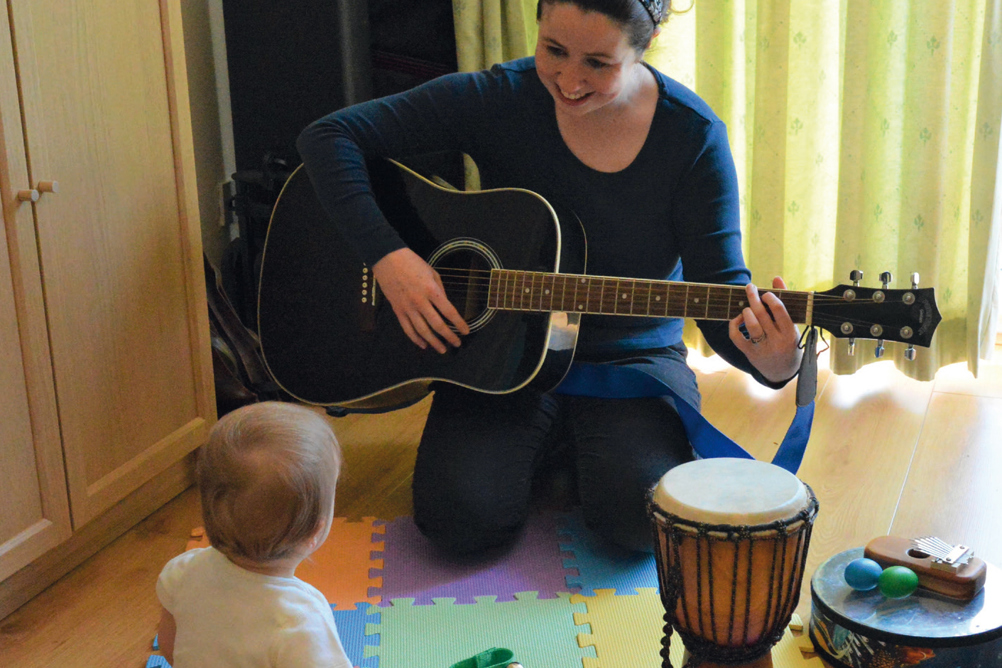
As musicians, we know that music can impact us personally in a variety of ways. It connects us with others, providing an immersive experience both as we listen and play. We know that music elicits a physiological response, thus being a medium through which we can hold or express ourselves psychologically and physically.
When I trained as a music therapist, I learned about the many different ways that we can use music to support people of all ages and abilities who have any communication, physical, social, relational, cognitive or emotional need. Breaking music down into its elemental form provides a tool through which music can be adapted and used throughout a therapy journey. It provides that non-invasive, safe outlet which can be used to process and externalise inner thoughts and feelings without having the pressure to put everything into words.
Register now to continue reading
Register to the Music Teacher website today to read more of the latest news and developments from the world of music education.
You’ll receive:
-
Free access to 4 subscriber-only articles per month
-
Email newsletter providing advice and guidance across the sector
Already have an account? Sign in here




